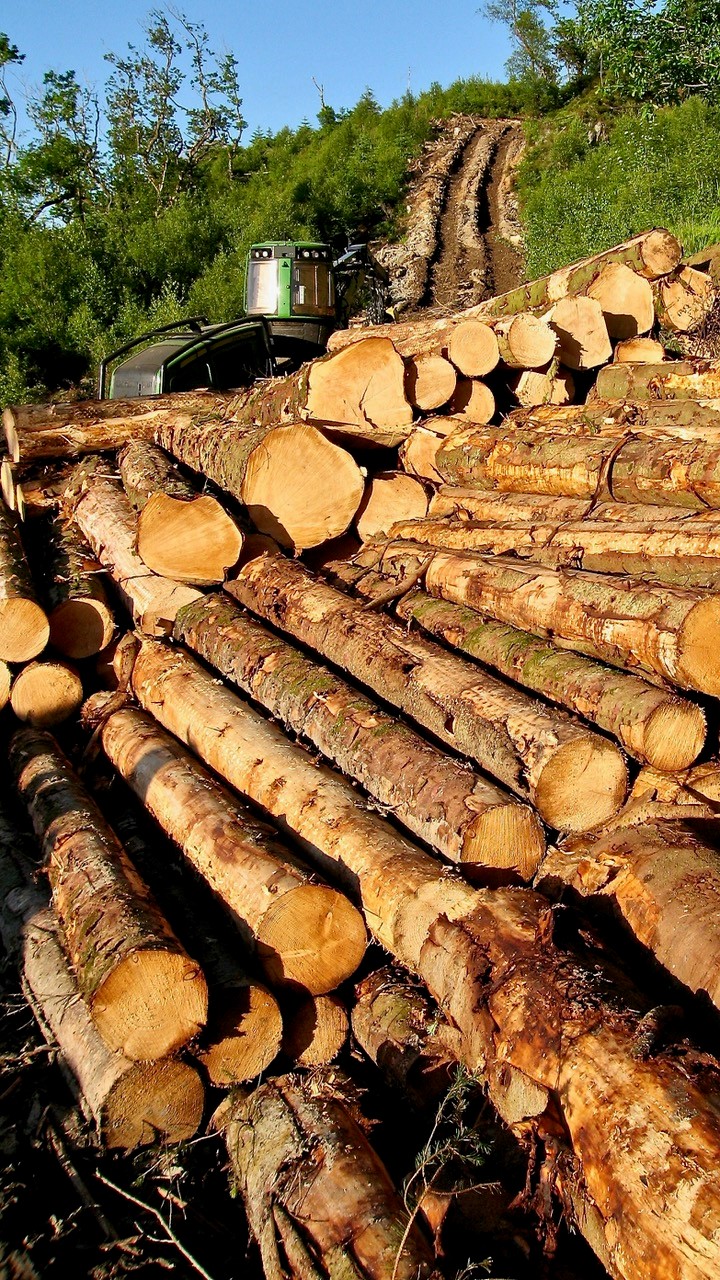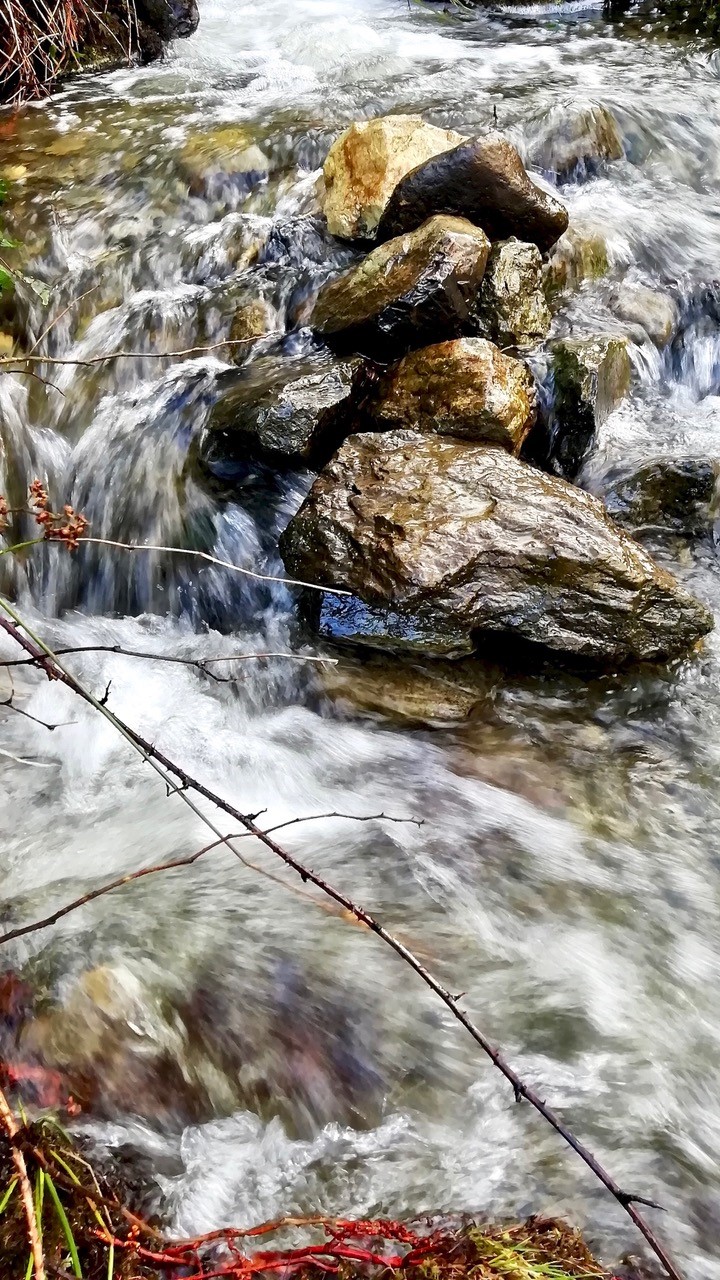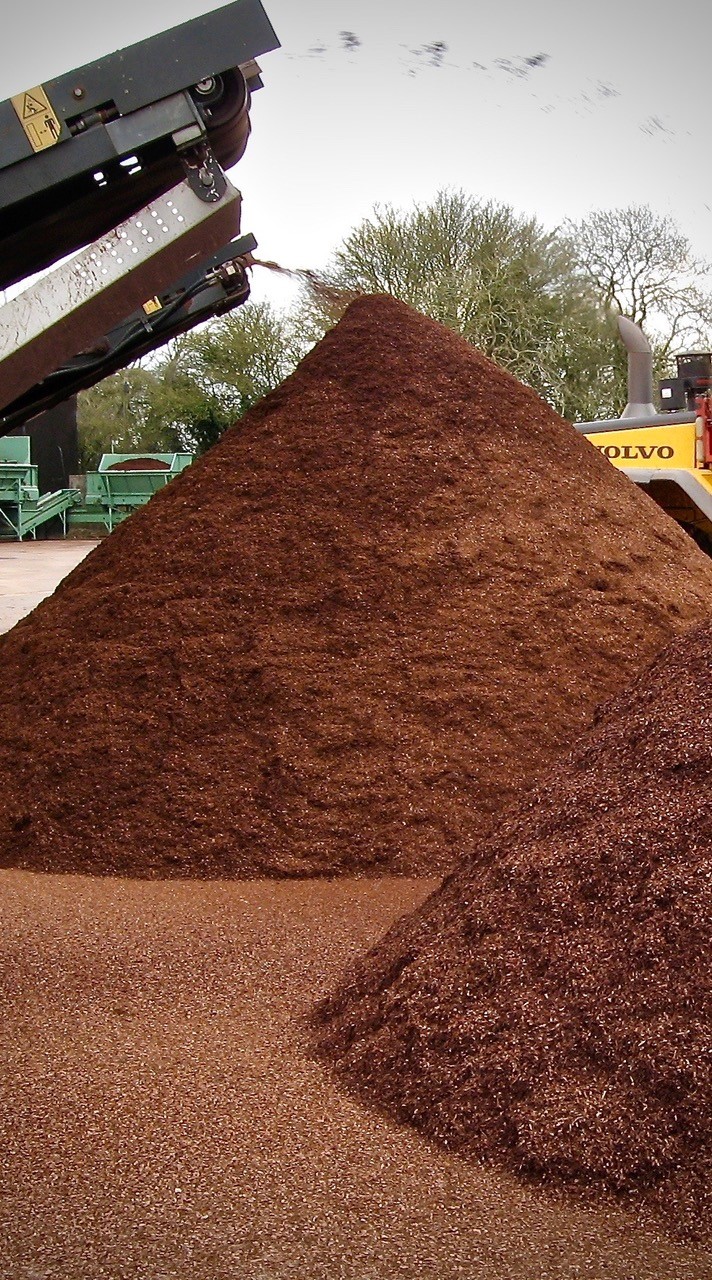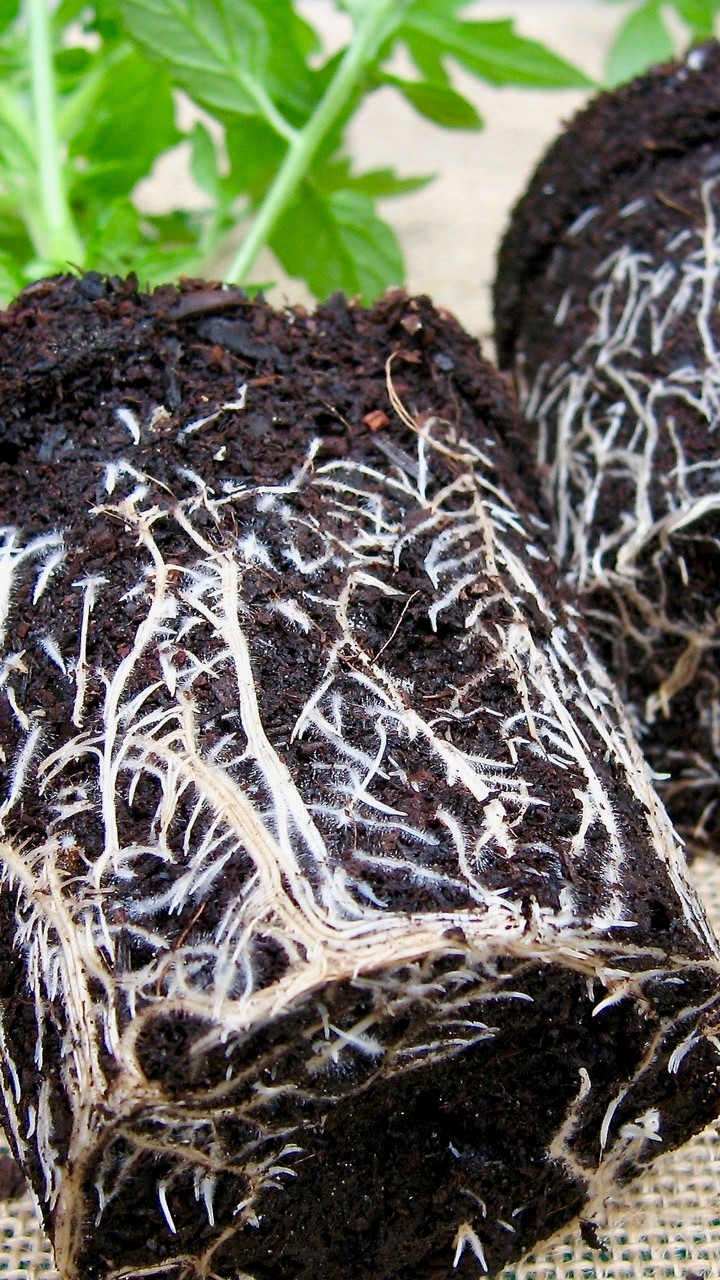Amidst mounting evidence of climate chaos, how best to cultivate a planet-friendly garden? As the flood waters rise, so do new and troubling questions.
I live and garden in a land of conundrums. The sheer power of our two most recent storms – Ciara and Dennis – has hit communities hard here in Snowdonia’s foothills. Power cuts, downed trees, road closures, gale damage to homes and businesses, and the miserable upending of everyday life are trumped by the thing many fear most: flooding.

My local market town, Llanrwst, where I’ve shopped for the past 17 years, saw floods in parts of the town like never before. Familiar footpaths were submerged under filthy, knee-high water, as vehicles bobbed around in the supermarket car park. The River Conwy, which flows on to the sea, has always flooded parts of the town, but this time it felt different; February’s storms arrived with a force previously, for me at least, unfelt – but they were not unexpected. Flood defences, plans and contingencies all failed to thwart nature’s growing tempestuousness. Llanrwst is mopping up, rallying, getting life back on track. The air hangs thick with anger, inquisition, despair… everything you would expect after such life-shattering upheaval.
Some of that water fell here, on the garden I am slowly eking from a bank once thick with choking bracken (currently adorned by stoical, storm-proof snowdrops). Over the way is the River Lledr, which carries the water from the surrounding hills off down the valley, until it merges with the Conwy. We watched it race into full spate, knowing that Ciara was a ‘big one’, ready to deal her cruel, watery hand downstream. The usually placid, trickling stream below the garden raged, while rarely-seen springs – plus a few newcomers – spurted along the edge of the track. Other streams bringing the rain down from the hills became gouging, eroding torrents, their sheer force shifting boulders I could never even budge. They have always run furious in winter storms, but never quite like this.

To truly see, hear and feel the momentous, humbling changes happening in our living world, we need to have our roots in a place. Watching it on TV is one thing; sensing, foreboding and knowing it is something we gardeners are getting good at. It’s a spiritual thing: our spirit seeps out into the place where we live and garden, while the essence of that place seeps back into us; we meld. I see the Lledr quickly rise and fall, hear the low, roaring thrum of the stream in my dreams, and feel the ever fiercer, bully-boy gusts of stem-snapping gales – regardless of season – eddying down from the scalped hills above my home.
Out in the garden, I feel, hear and see what letting our climate-altering genie out of its bottle is doing. It’s an odd, overwhelming, saddening mix, tinged with resignation, but there’s no mystery to it. As we put more planet-heating gases, especially carbon dioxide, into our atmosphere, our world hots up. A warming climate means one packed with extra energy and moisture. More of both means increasingly volatile, extreme and unpredictable weather events. In this country, they have taken mercifully few lives, and we can always mop up, but in other countries, lives – of people we’ll never know, in lands we’ll never see – are already being lost.
Getting clobbered by a Ciara-flung twig reminded me of the guiding ethos I set out to follow when I started gardening here: everything that I did would be as ‘climate-friendly’ as I could possibly make it. It seemed – and still is – a solid maxim for anyone gardening primarily for fun and pleasure, rather than sheer survival, to follow. It’s not always easy, straightforward, or without its challenges, failures and dilemmas, but it’s a gentle dictum, ushering me along.

The fuel of any garden is compost. In all its guises, we use it for improving and enriching soil, for sowing seeds, for propagation, and for potting up young plants or planting up containers. We make our own, or buy some in ready-mixed (or often a bit of both). We always need more of it, and we always will; our dreams grow in it. Awareness is spreading fast – even among the still environmentally uninformed, ‘bag of dirt’-buying majority – that killing, draining and mining our carbon-storing peat bogs, then turning them into bagged compost, is the single most climate-unfriendly act ever carried out in our name. This is where modern, climate-friendly peat-free composts step in. Thousands of us now use them, alongside hundreds of growers whose living is raising plants.
Among the most reliable and consistent peat-free mixes are those made from a blend of fine bark and wood fibre (from conifers such as Norway spruce), plus coir (from coconut husks) and plant foods. The bark and wood fibre are by-products of the UK’s forestry industry; they’re what’s left behind when the main timber crop has been turned into anything from garden fence posts and panels to fuel for biomass-fed ‘green’ power stations. The bigger bits become the familiar bark mulch, and the smaller bits, after processing, fabulous peat-free composts – but there’s a troubling conundrum.

A fresh bag of a bark/wood-based compost smells divine; the terpenes in the bark convey an evocative, pine-like fragrance, just like that found in dense, dark and lifeless conifer forests – the same kind of monotonous, single-crop plantations which have been clear-felled (meaning that every single tree is cut down) on the now bare hills high above my garden. These are hills which once tempered and slowed harrying, damaging winds. Hills where dying roots no longer help to suck up ever more intense downpours. Hills where gorse, trapped in stifling darkness for 30 years, is now germinating into the light.
One thing these resurgent seedlings won’t want for is water; it now races off this despoiled, apocalypse-like landscape with growing haste, adding new vehemence to ‘my’ stream. The stewed-tea water hurries by, across the field and into the River Lledr, then on down to join forces with the Conwy, and on to Llanrwst.
Those who planted those dull, boring forests could never have imagined that when the time arrived to cut them down, they’d be helping today’s climate-savvy gardeners to turn away from nature-wrecking peat-based gardening. But nor, I guess, would they have foreseen the problems caused by felling every tree, over vast tracts of land, from which ever heavier downpours now run straight off, swelling the rivers that drain these sodden hills.
Text and images © John Walker
Find John on Twitter @earthFgardener


